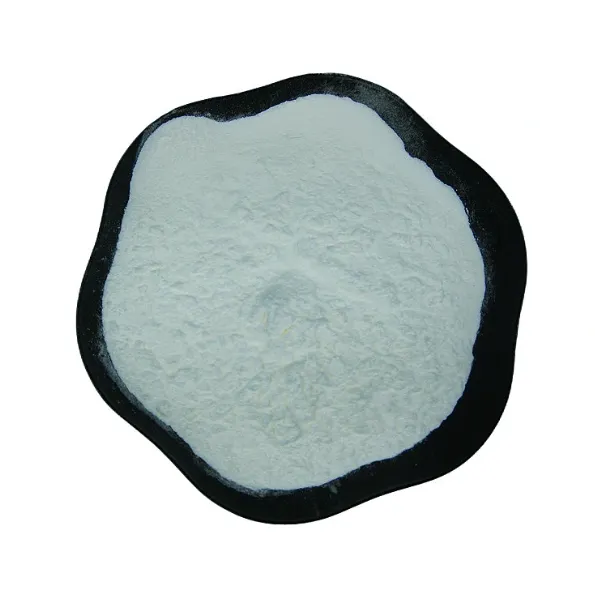Warning: Undefined array key "title" in /home/www/wwwroot/HTML/www.exportstart.com/wp-content/themes/1198/header.php on line 6
Warning: Undefined array key "file" in /home/www/wwwroot/HTML/www.exportstart.com/wp-content/themes/1198/header.php on line 7
Warning: Undefined array key "title" in /home/www/wwwroot/HTML/www.exportstart.com/wp-content/themes/1198/header.php on line 7
Warning: Undefined array key "title" in /home/www/wwwroot/HTML/www.exportstart.com/wp-content/themes/1198/header.php on line 7
- Afrikaans
- Albanian
- Amharic
- Arabic
- Armenian
- Azerbaijani
- Basque
- Belarusian
- Bengali
- Bosnian
- Bulgarian
- Catalan
- Cebuano
- China
- China (Taiwan)
- Corsican
- Croatian
- Czech
- Danish
- Dutch
- English
- Esperanto
- Estonian
- Finnish
- French
- Frisian
- Galician
- Georgian
- German
- Greek
- Gujarati
- Haitian Creole
- hausa
- hawaiian
- Hebrew
- Hindi
- Miao
- Hungarian
- Icelandic
- igbo
- Indonesian
- irish
- Italian
- Japanese
- Javanese
- Kannada
- kazakh
- Khmer
- Rwandese
- Korean
- Kurdish
- Kyrgyz
- Lao
- Latin
- Latvian
- Lithuanian
- Luxembourgish
- Macedonian
- Malgashi
- Malay
- Malayalam
- Maltese
- Maori
- Marathi
- Mongolian
- Myanmar
- Nepali
- Norwegian
- Norwegian
- Occitan
- Pashto
- Persian
- Polish
- Portuguese
- Punjabi
- Romanian
- Russian
- Samoan
- Scottish Gaelic
- Serbian
- Sesotho
- Shona
- Sindhi
- Sinhala
- Slovak
- Slovenian
- Somali
- Spanish
- Sundanese
- Swahili
- Swedish
- Tagalog
- Tajik
- Tamil
- Tatar
- Telugu
- Thai
- Turkish
- Turkmen
- Ukrainian
- Urdu
- Uighur
- Uzbek
- Vietnamese
- Welsh
- Bantu
- Yiddish
- Yoruba
- Zulu
Nov . 13, 2024 02:22 Back to list
xanthan gum origins and production process
Xanthan Gum Origins and Production Process
Xanthan gum is a polysaccharide that is widely used in the food industry, pharmaceuticals, and other industrial applications due to its unique thickening, stabilizing, and emulsifying properties. Derived from the fermentation of sugars by the bacterium Xanthomonas campestris, xanthan gum has gained significant popularity since its discovery in the 1960s. This article explores the origins of xanthan gum and its production process, highlighting both its natural roots and its industrial significance.
Origins of Xanthan Gum
The history of xanthan gum can be traced back to its discovery in the laboratories of the United States Department of Agriculture (USDA) in the 1960s. Researchers were investigating the use of plant pathogens, specifically Xanthomonas campestris, which is known to infect plants like cabbage and other cruciferous vegetables. During their studies, scientists found that this bacterium produced a thick polysaccharide when cultured in certain conditions. They recognized that this substance could have industrial applications due to its remarkable thickening abilities.
Xanthan gum is often seen as a natural product because it is derived from a fermentation process involving natural ingredients. The primary raw materials used in its production are carbohydrates, which can come from various sources such as corn, wheat, or sugar beet. Upon its commercialization, xanthan gum quickly gained traction in the food industry, where it was used to enhance the texture and shelf life of products.
The Production Process
The production of xanthan gum involves a carefully controlled fermentation process. The process can be broken down into several key steps
1. Preparation of the Culture Media The production begins with the preparation of a nutrient-rich medium that contains a carbohydrate source (such as glucose) and minerals. This medium fosters the growth of Xanthomonas campestris.
xanthan gum origins and production process

2. Inoculation A pure culture of Xanthomonas campestris is introduced into the prepared medium. The bacterium is then allowed to ferment under specific temperature, pH, and oxygen conditions, typically in large bioreactors. This fermentation period generally lasts for several days.
3. Fermentation As the bacteria proliferate, they metabolize the carbohydrates present in the medium and excrete xanthan gum into the solution. The gum forms in the extracellular space and begins to thicken the liquid as it accumulates. This stage can be monitored for optimal gum production.
4. Precipitation and Purification After fermentation, the xanthan gum is harvested from the broth. This is usually achieved by precipitating the gum with isopropyl alcohol or ethanol, which helps separate it from the liquid medium. The precipitated xanthan gum is then washed, dried, and ground into a fine powder.
5. Quality Control and Packaging The final product undergoes rigorous quality control testing to ensure it meets food safety standards and quality specifications. Once approved, xanthan gum is packaged for distribution and sale across various industries.
Applications of Xanthan Gum
Xanthan gum's unique properties make it an invaluable ingredient in numerous applications. In the food industry, it is used as a thickener and stabilizer in sauces, dressings, ice creams, and baked goods. It helps improve the texture and mouthfeel of products while preventing ingredient separation. In the pharmaceutical industry, xanthan gum is used as a binder in tablet formulations and as a stabilizer in liquid medications. Additionally, its thickening properties are utilized in personal care products, oil drilling fluids, and various other industries.
Conclusion
In summary, xanthan gum is a remarkable substance that originates from a natural fermentation process involving Xanthomonas campestris. Its production process, rooted in biotechnology, has enabled it to become a widely utilized ingredient across multiple industries. As demand for natural and functional food additives continues to grow, xanthan gum is likely to maintain its importance as a versatile and effective thickening agent in various applications.
Latest news
-
Certifications for Vegetarian and Xanthan Gum Vegetarian
NewsJun.17,2025
-
Sustainability Trends Reshaping the SLES N70 Market
NewsJun.17,2025
-
Propylene Glycol Use in Vaccines: Balancing Function and Perception
NewsJun.17,2025
-
Petroleum Jelly in Skincare: Balancing Benefits and Backlash
NewsJun.17,2025
-
Energy Price Volatility and Ripple Effect on Caprolactam Markets
NewsJun.17,2025
-
Spectroscopic Techniques for Adipic Acid Molecular Weight
NewsJun.17,2025

